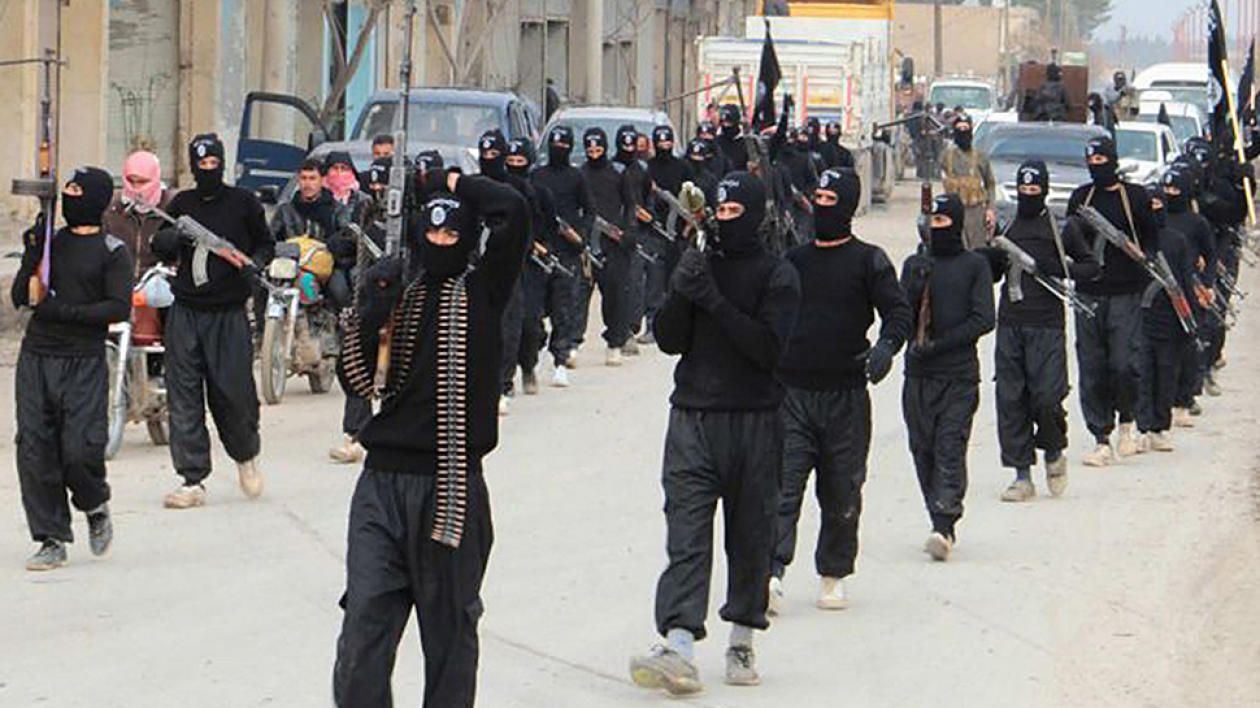Contrary to Prime Minister Haider al-Abadi and US commanders’ expectations, Mosul, which has been under siege for half a year, has yet to be taken back and ISIS’s “capital” Raqqa is still under the group’s control. This being said, there is no doubt that ISIS in Iraq and Syria is like a spent arrow and it is only a matter of time before its military downfall.

Commentators and scholars see with jubilation the results on the battlefields, as if victory for the global war on terrorism since the September 11 attack is just within reach. The question is, would ISIS’ loss of Mosul and Raqqa really mean the total defeat and elimination of the terrorist group? In my view, one should not be that optimistic. On the one hand we cannot deny the efforts and achievements of the international community in fighting ISIS, including military advancements in the two cities. On the other hand, we cannot underestimate the complexity and enduring nature of the global war against terrorism.
ISIS’ likely defeat in Mosul and Raqqa, and its expected downfall in Iraq and Syria, would be only a major setback of this well-organized extreme terrorist group in the region. It doesn’t mean an end to the violent jihadist movements that the group stands for. Defeat in Mosul and Raqqa will neither make ISIS vanish, nor represent the final victory in the global war against terrorism. Rather, it reflects a new phase of the global terrorist threats and the global war on terrorism.
First, the jihadist ideas advocated by ISIS carry certain ideological appeal. This will not evaporate because of the group’s military losses in the region or the deaths of its leaders. Otherwise one could hardly explain the desperate moves by extremists worldwide. Such ideas will continue to encourage some extremists to stage terrorist attacks, and will attract numerous sympathizers, supporters and imitators, even luring them to conduct more “lone wolf” attacks.
Second, as the most sophisticated and largest international terrorist organization, ISIS will remain a model for extremists around the world to follow, with its “innovations” in organization, attack tactics and propaganda. As a result, global terrorist activities might reach an even higher level. Since ISIS’ inception, we have seen its combination of conventional combat with guerrilla tactics, and the skilled IT applications in psychological, propaganda and cyber warfare. These breakthroughs are having a strong global effect.
Third, the large number of foreign fighters in ISIS will spread to other parts of the world soon after ISIS’ defeat in the Middle East. According to US defense officers, about 60,000 militants affiliated to ISIS have been killed over the past two years in West Asia and North Africa. At the same time, thousands of others have fled the war zone and infiltrated as many as 120 countries. In the late 1980s, the world witnessed the first wave of cross-border proliferation of jihadists, including the formation of al-Qaeda by Osama bin Laden. The veterans, often referred to as “Arabs in Afghanistan”, couldn’t return to their homeland after the end of the Afghan war. Only a few thousand in number, they launched a worldwide surge of terrorist activities. The jihadists active in Iraq and Syria today are more or less on a par with those in the Afghan war, in terms of number, source and capability to mobilize and attack. In his recent speech, Lieutenant General Michael Nagata, director of the Strategic Operational Planning at the National Counterterrorism Center, said that foreign terrorists in Iraq and Syria have brought “the largest foreign-fighter challenge the world has seen in the modern age”.
Finally, the violent conflicts and turbulence in Iraq and Syria, which seem endless and can hardly be addressed within a short period, will provide even more space for ISIS. As we all know, what is happening in the two countries is not simply a civil war, but a cauldron of complexities involving strategic rivalry between powers outside as well as inside the region, the sectarian wrangling between the Shias and Sunnis, and the conflicting interests between the Kurds and other ethnic groups in the region. Until a political consensus is reached among all parties, in particular a compromise between United States and Russia, the conflict in Syria is very unlikely to calm down in the near future. Even when the country is reunited, it will be by no means an easy task to root out all sorts of jihadists and terrorists given the devastated economy and rival factions in the nation.
Two new worrying signs have emerged over the past year. One is the noticeable increase of ISIS operations in the neighbors of Iraq and Syria, such as Turkey, Yemen and Libya, as well as in the adjacent European countries. The other is the rise across the globe of ISIS-related “lone wolf” attackers, who have no organization or line of command. This is certainly something ominous for the international community that has already been marred by global terrorism.


